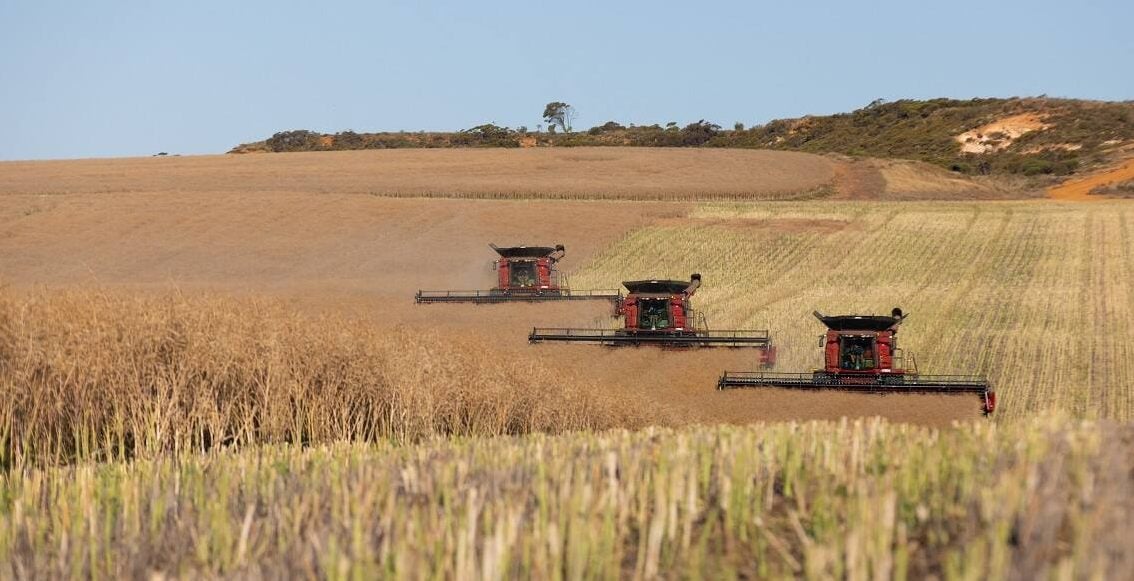
Farmers looking to boost productivity through utilisation of uncapped asset write-off will be out of luck following the Labor government’s release of the 2023-24 federal budget.
The temporary full expensing measure - which had been in place since October 2020 - will not be available next financial year, and the instant asset write-off rules will come back into play.
This would have meant a threshold of $1000 being applicable as of July 1, however the Labor government has temporarily increased the threshold to $20,000.
In the 2023-24 financial year, small businesses with an aggregated annual turnover of less than $10 million will be able to immediately deduct the full cost of eligible assets costing less than $20,000 that are first used or installed ready for use in that time period.
The $20,000 threshold will apply on a per asset basis, meaning small businesses can instantly write off multiple assets.
Assets valued at $20,000 or more (which cannot be immediately deducted) can continue to be placed into the small business simplified depreciation pool and depreciated at 15 per cent in the first income year and 30pc each income year thereafter.
The government estimates the measure will provide a total of $290 million in cash flow support for up to 3.8 million small businesses, but agribusiness groups don’t see it yielding any great benefits.
Tractor and Machinery Association of Australia executive director Gary Northover said for most operators in the machinery marketplace, it’s "back to business as usual".
“It may well benefit some of their suppliers, their repairers and some of their smaller partners in operation,” he said.
“If there is a small dealership that has less than $10 million worth of turnover, that will benefit them as well, but I don’t think there will be too many of those guys around.”
As for farmers, Mr Northover said the announcement won’t be of much consequence.
“It means that the current program, which has been pretty open ended, will come to an end in June,” he said.
“It appears to be replaced by a much more abbreviated program… and the ability to write off a lot less than has been in the past.
“We understand that it’s a cost to the government to continue the program, and the form that it was in was very open ended, but we’ve now gone from a widely open and available program to virtually a dead stop and we think that a tapering would have been preferable.”
The instant asset write-off measure will be complemented by a new small business energy incentive, which will help small and medium businesses complete energy-saving upgrades and reduce their power bills.
Up to 3.8 million small and medium businesses with aggregated annual turnover of less than $50 million will have access to a bonus 20pc tax deduction for the cost of eligible depreciating assets, in the 2023-24 financial year.
The incentive will be available for up to $100,000 of total expenditure on eligible assets, and is estimated to provide $310 million in tax relief, helping pay for upgrades like electrifying heating and cooling systems, installing batteries, and switching to energy-saving electrical goods.
Certain exclusions will apply, such as electric vehicles, renewable electricity generation assets, capital works and assets that are not connected to the electricity grid and use fossil fuels.
National Farmers’ Federation president Fiona Simson welcomed support for small businesses through the small business energy incentive and the extended instant asset write-off measure, but said it was a lopsided compromise.
“Farmers are looking at ways to bring down the increasing energy burden and the incentive will help spur this along,” Ms Simson said.
“But it’s disappointing the two incentives fall far short of the previous uncapped instant asset write-off, which gave farm businesses far more reach to increase productivity.”
 Results
Results-3.png)
